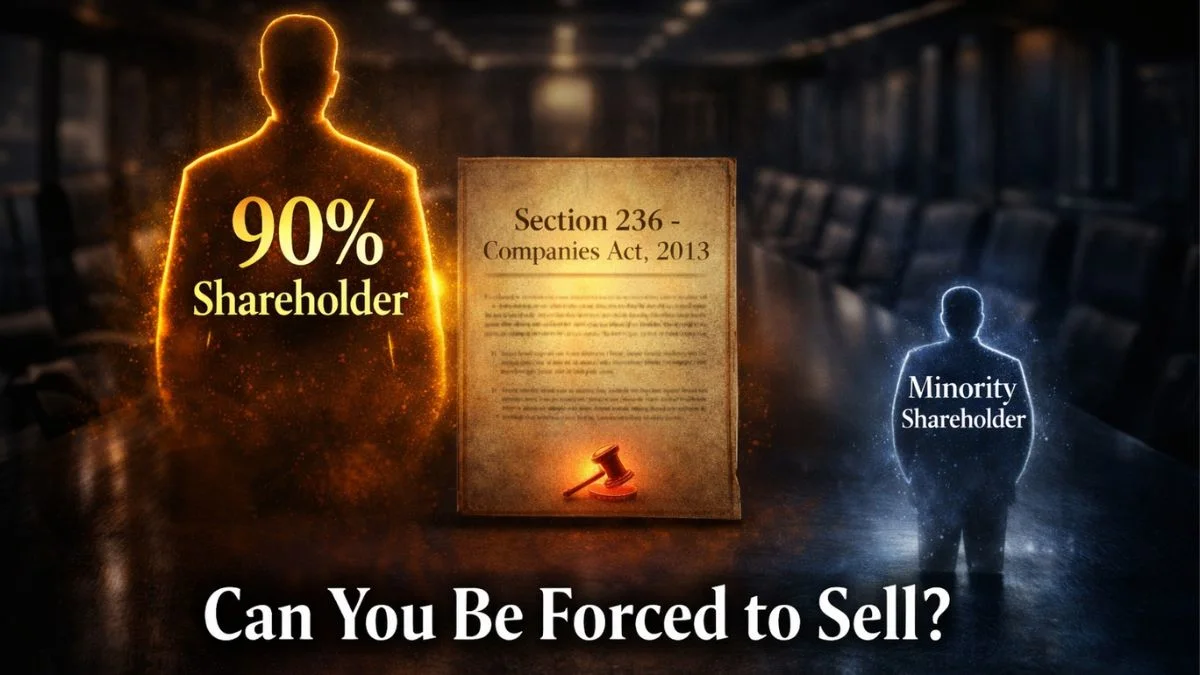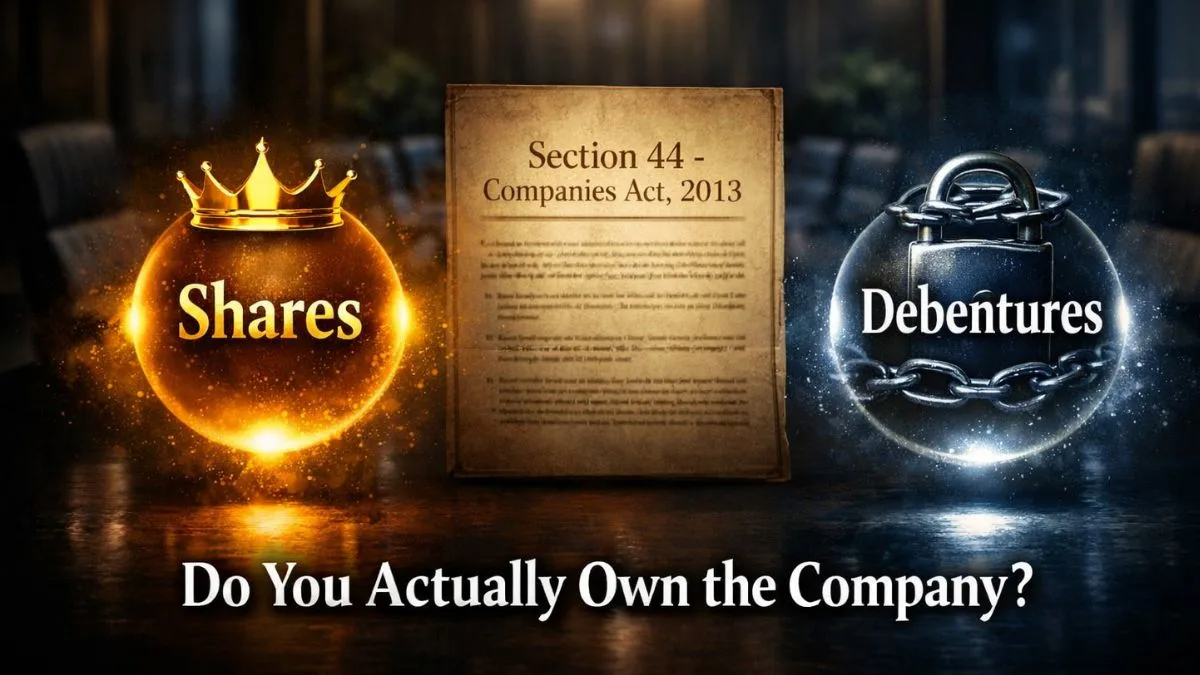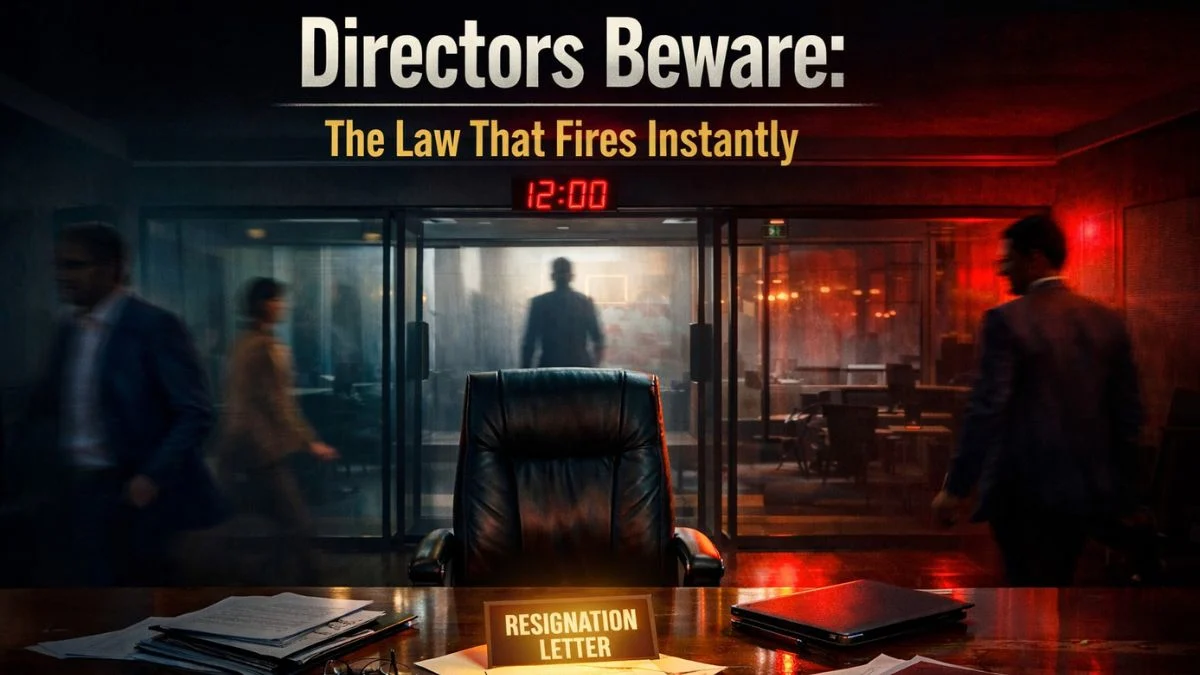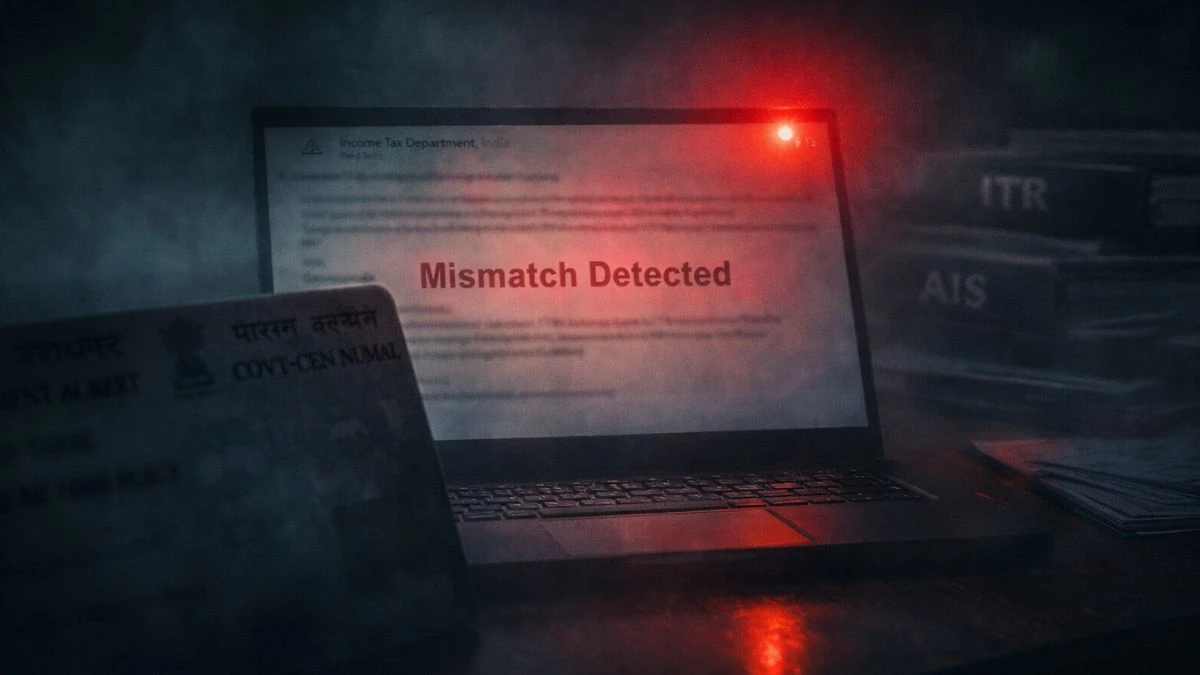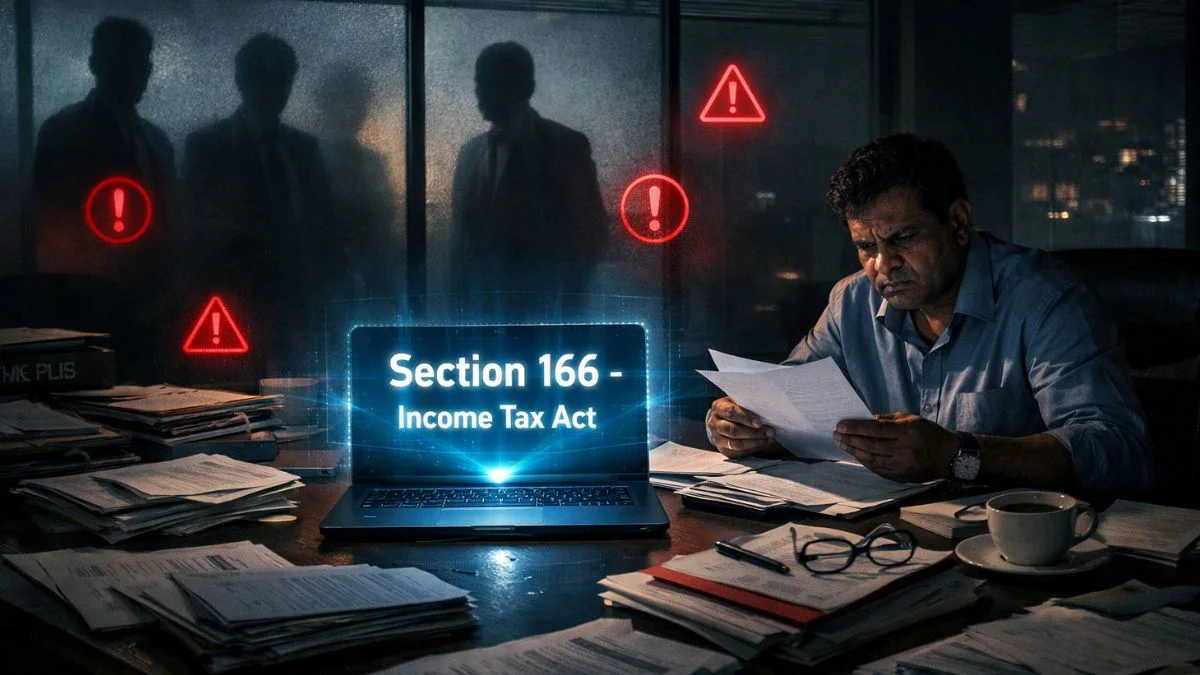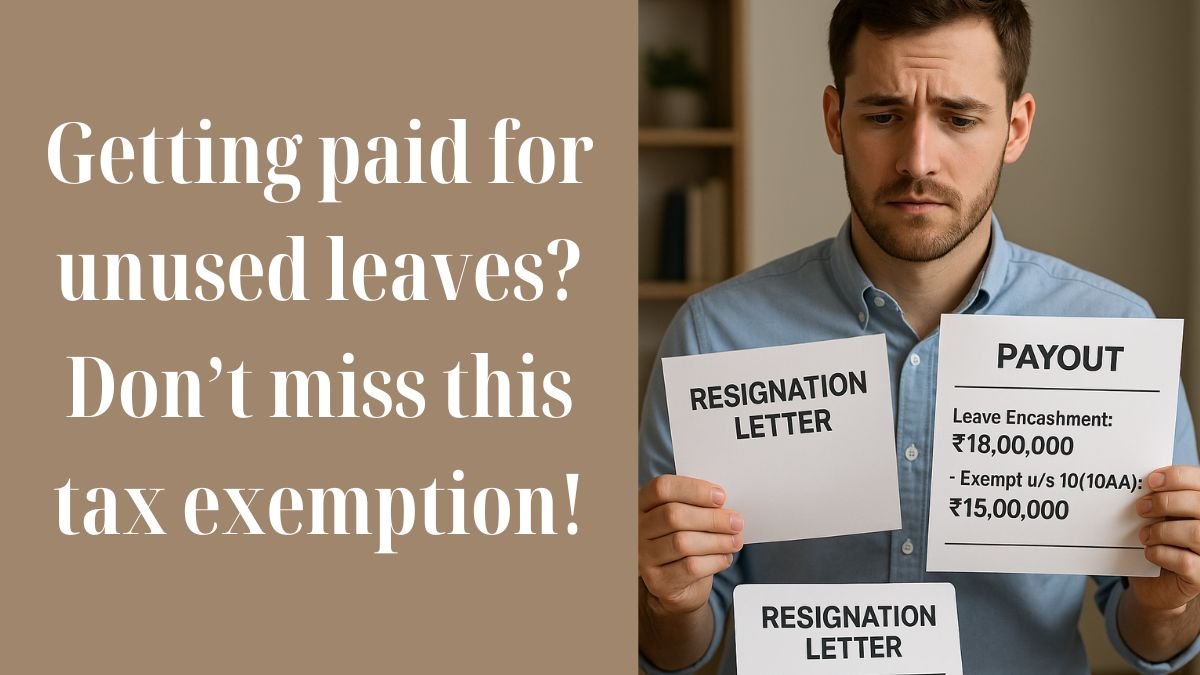
During your service, you might accumulate earned leaves that you never take. And when you retire or resign, those unused leaves often convert into money—this is known as leave encashment.
But the big question arises: Is this amount taxable?
That’s where Section 10(10AA) of the Income Tax Act comes into play.
💡 What Does Section 10(10AA) Cover?
This section provides a clear framework for the tax treatment of leave encashment received by employees at the time of retirement, resignation, or separation.
It ensures that the tax system treats this income fairly & doesn't burden individuals who have served for years & opted not to utilise all their leaves.
There are two main categories of employees under this section:
- Government employees – Central and State
- Non-government (private sector) employees
✅ For Government Employees
If you're a Central or State government employee, the entire amount received as leave encashment at the time of retirement is fully exempt under Section 10(10AA).
No limits. No TDS. Just plain exemption.
Whether it’s ₹1 lakh or ₹10 lakh, you won’t be taxed on it.
✅ For Non-Government Employees
This is where things get interesting.
For private sector employees, leave encashment is partially exempt, & the exemption is subject to the least of the following:
- ₹3,00,000 (lifetime limit as notified by the government)
- Actual amount received as leave encashment
- 10 months’ average salary (based on the last 10 months before retirement/resignation)
- Salary for the earned leave period (up to 30 days for every year of service)
Yes, you read that right—earned leave encashment cannot exceed 30 days for every year of actual service.
So, if you worked for 20 years, the leave encashment is capped at 600 days, even if your employer allows more. "
🧮 Quick Example
Let’s say:
- You retire after 20 years
- Salary (average of last 10 months) = ₹50,000/month
- Leave balance = 650 days
- Employer allows encashment of 650 days
Now, under the Income Tax Act:
- Eligible leave = 30 days x 20 years = 600 days
- Eligible salary = ₹50,000 x 10 months = ₹5,00,000
Let’s compare:
- ₹5,00,000 (10 months’ salary)
- ₹6,00,000 (actual received)
- ₹3,00,000 (statutory limit)
- ₹50,000 x (600 ÷ 30) = ₹10,00,000
Lowest of these = ₹3,00,000 exemption under Section 10(10AA)
The remaining ₹3,00,000 will be taxable.
📃 Conditions You Must Fulfil
To claim the exemption under Section 10(10AA), make sure:
- The payment is made only at the time of retirement, resignation, or termination
- The leave encashment should be in respect of earned leave, not casual or sick leave
- The employer maintains proper records of leave and salary
Also note, this exemption doesn’t apply if you’re encashing leave while still in service. "
📘 What the Section Says
The legal wording under Section 10(10AA) of Income Tax Act outlines:
“Any payment received by an employee as cash equivalent of leave salary at the time of retirement or otherwise shall be exempt from tax to the extent provided therein.”
This provides for the exemption on leave encashment, but also outlines the exact limits & conditions for the same.
🔍 Leave Encashment on Resignation
Many also search for:
Section 10(10AA) of the Income Tax Act allows encashment on resignation
Yes, the section applies to resignation too, provided the leave encashment is made at the time of exit, not while still employed.
Make sure you take leave balance statements from your HR & maintain proof of payout to claim the exemption correctly.
📄 Leave Encashment and Income Tax Returns
If you’ve received leave encashment:
- Mention it under “Income from Salary” in your ITR
- Claim exemption under Section 10(10AA) separately
- Attach Form 16 and proof if needed (especially for non-govt employees)
Many online ITR portals like ClearTax and IncomeTax.gov auto-populate these fields.
🧾 Summary Table
|
Type of Employee |
Exemption under Section 10(10AA) |
|
Central/State Government |
Full exemption |
|
Non-Govt Employee |
Limited exemption (up to ₹3,00,000) |
|
Leave in Service |
Not eligible for exemption |
|
Maximum Earned Leave |
30 days per year of service |
📘 Section 10(10AA) in Hindi (Simple Version)
If you were looking for section 10(10AA) of income tax act in Hindi, here’s a brief:
"सेवानिवृत्ति के समय लिए गए अर्जित अवकाश के नकदीकरण पर आयकर अधिनियम की धारा 10(10AA) के तहत छूट मिलती है। सरकारी कर्मचारियों को पूरी छूट मिलती है, जबकि निजी कर्मचारियों को तय सीमा तक ही छूट दी जाती है।"
✅ Final Thoughts
Section 10(10AA) of the Income Tax Act is an often-overlooked but incredibly useful provision. It provides for the exemption on leave encashment & offers a clear framework for the tax treatment of leave encashment, so you’re not caught off guard at the time of retirement or resignation.
Plan your exit. Keep records. And don’t forget that earned leave encashment cannot exceed 30 days for every year of actual service.
It’s your right—make sure you claim it.
💬 Still unsure how much you can claim tax-free on leave encashment?
Let the experts at CallMyCA help you calculate it with peace of mind.

